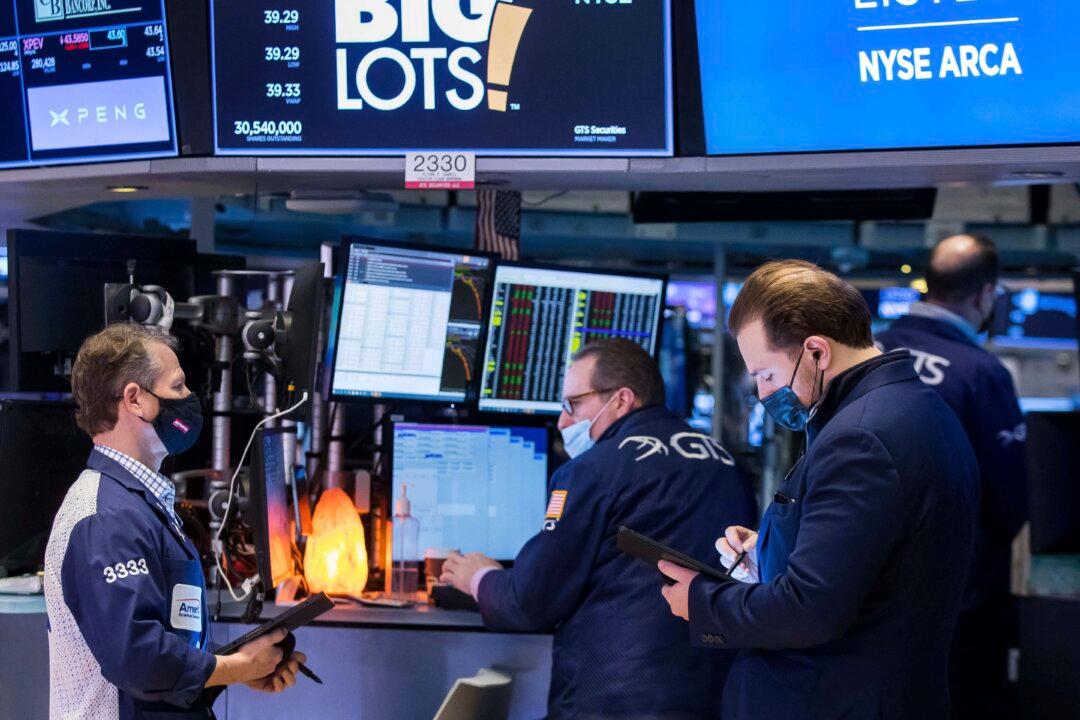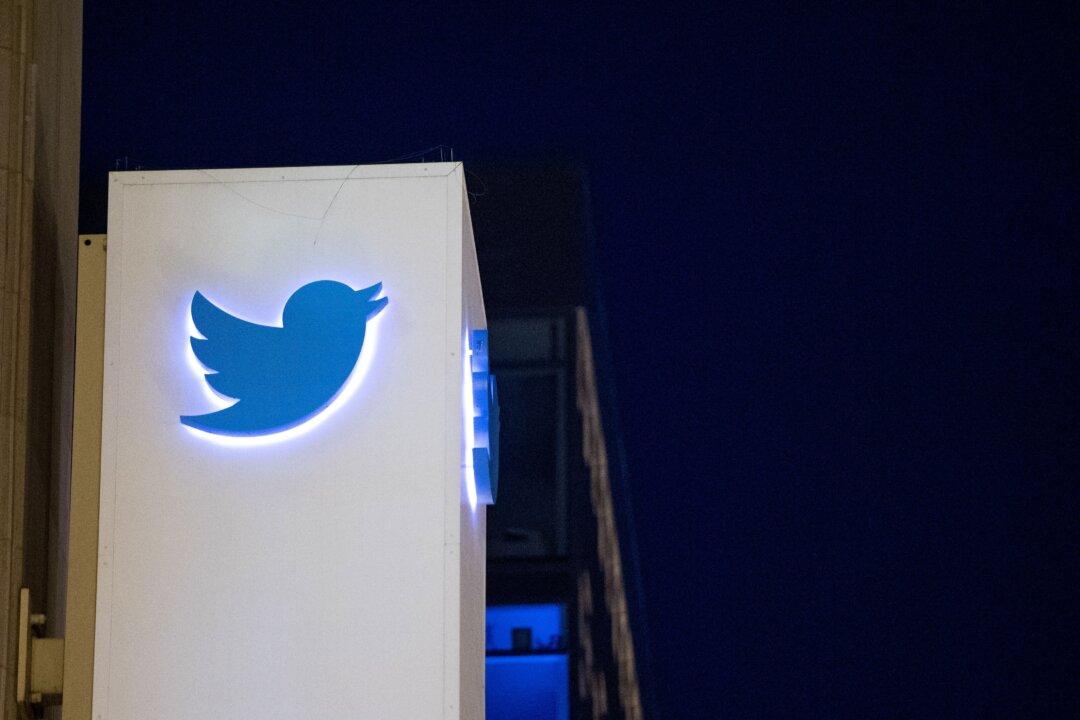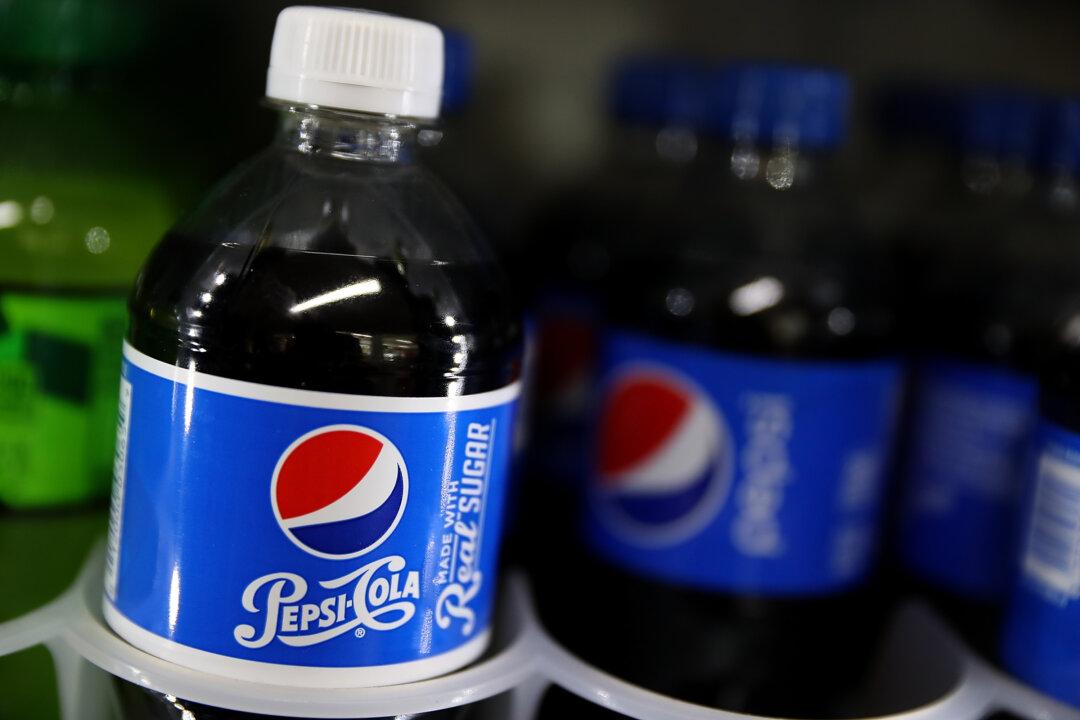The stock market is off to a shaky start in 2022, a sell-off that accelerated over the past trading week. The Nasdaq composite, which tracks some of the largest technology companies in the world, is down nearly 12 percent year-to-date.
Even more worrisome are daunting technical indicators that point to more pain coming. Helene Meisler, a popular voice on FinTwit, pointed out that the put-to-call ratio could close at its highest point since May 2020. This ratio shows how many put contracts are being placed versus call option contracts.





